How to choose a gypsum tile adhesive?
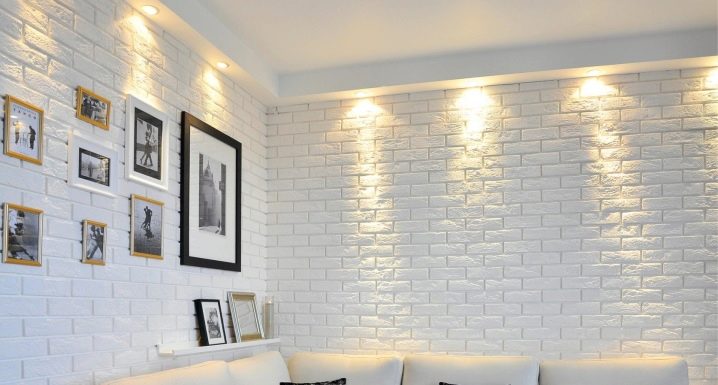
Renovation of any premises consists of different stages, each of which is important. One of them is the choice of materials for wall or floor cladding: you need to choose from a wide range of such an option that will meet all your requirements and perfectly fit in design. One of the most popular options is gypsum tiles, which have a number of advantages. In order for the coating to serve for many years, you need to learn how to choose the right glue for it.
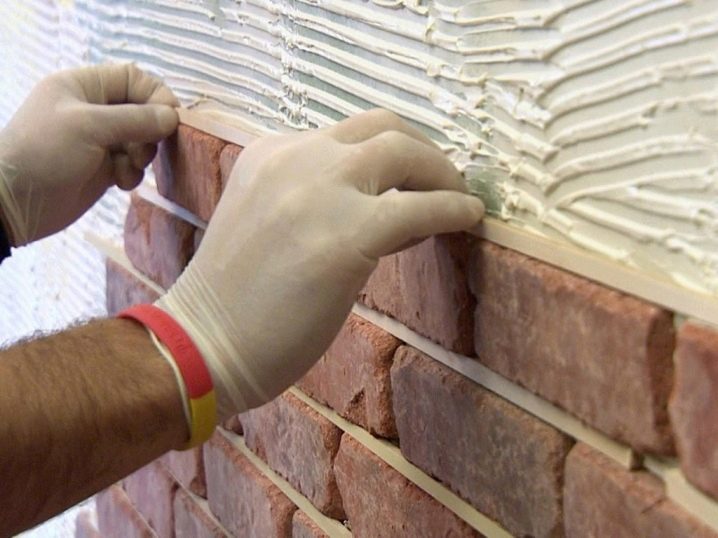
Application
The issue of facing surfaces in any room requires a serious approach and responsibility. There are many different finishing materials on the market, each of which is worthy of attention. However, now we should highlight the decorative gypsum tiles, which are in great demand. This is the material that can imitate stone, wood or brick.
The advantages of such products include safety for human health and environmental friendliness., while the tile copes with temperature changes and significant loads, and it is quite easy to process it. As for the external surface, it can resemble various natural stones or tree species, and this is best suited for modern interiors. Manufacturers often paint the material to make the coating look as effective as possible.
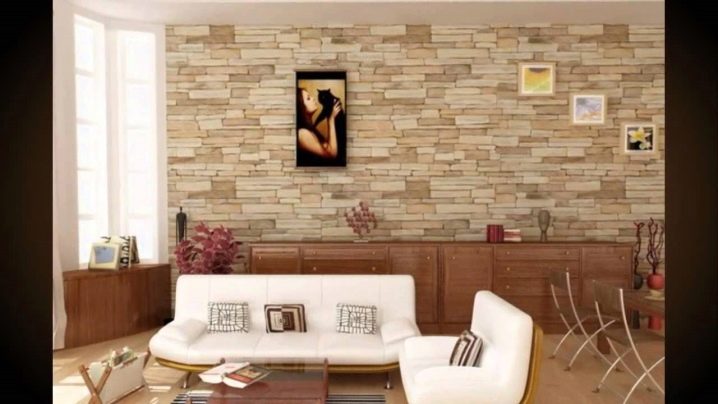
The importance of choice
When working with gypsum tiles, it is necessary to select the most suitable materials that will create a reliable and durable coating. Particular attention should be paid to glue, because this material is very important: the quality of the coating largely depends on it.
You should choose an adhesive that not only has physical and chemical characteristics, but is also suitable for a particular type of tile (gypsum material). Pay attention to what you will be gluing the products to. A variety of options are possible: for drywall, wood, brickwork, concrete, metal.
To glue a decorative stone or tile made to resemble a brick, materials are used that include gypsum. They are produced dry and alabaster is added to them. This glue copes with concrete surfaces, brick walls, plastered bases, and this is important. It can be used to repair cracks and chips in walls.
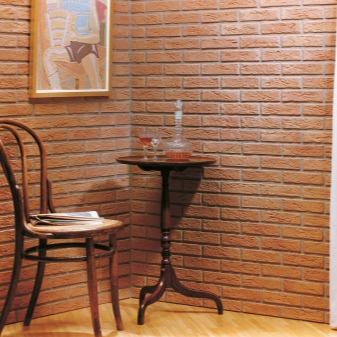
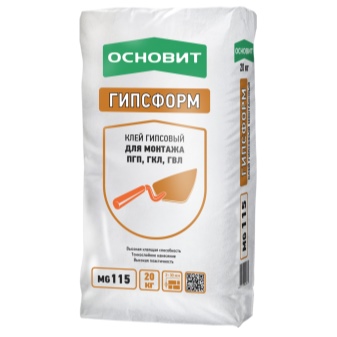
The presence or absence of water
The choice of adhesive for laying gypsum tiles must be done deliberately. It is recommended to seek help from qualified specialists who can advise and choose the most suitable option in a particular case. To choose the best material, it is necessary to take into account not only the manufacturer's rating, which speaks about the quality of the product itself. You need to pay attention to the composition, type of material base.
There are several varieties of such products. Everyone knows the usual PVA glue, which is used in various fields. It is suitable for laying decorative tiles. Such material is elastic, there are no toxic substances hazardous to human health in it. You don't need to add anything to it, so you can use it ready-made.
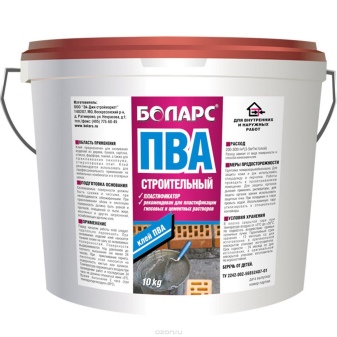

There are several types of anhydrous glue. In some cases, neoprene is used as the basis. There is acetone there, which means that the material is toxic and has an unpleasant odor.It copes with work on all surfaces, but you need to take into account its disadvantages described above.

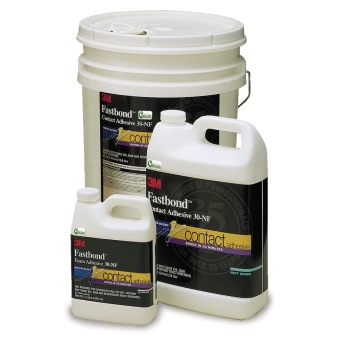
You can choose polyacrylate glue, which is slightly weaker than the previous one, but at the same time it does not have a pungent odor. Please note that it is not suitable for all surfaces.
Bustilate can be called popular, about which a lot of positive reviews are left. It can be used immediately, since the material is sold ready-made. It doesn't matter where you stick the tiles. This material copes with its task at the highest level.
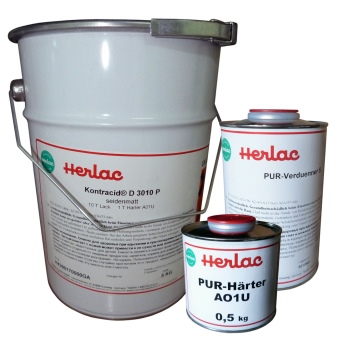
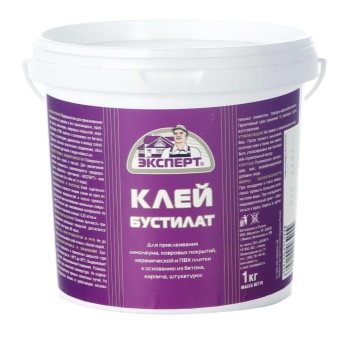
Mastic belongs to waterproof and non-toxic types of adhesives. Such materials contain oil or drying oil. If you are going to work with a concrete, plasterboard or brick wall, this option is very suitable for you.
Separately, dry materials can be distinguished, which consist mostly of gypsum. The glue is miscible with water. The resulting homogeneous mass is capable of gluing tiles to gypsum plaster or concrete.
Wallpaper glue is also sold dry. It is distinguished by its white color. Such material does its job better if you add alabaster to it. There is a small but important nuance: the mixture hardens quickly, so it is recommended to do it in small quantities.
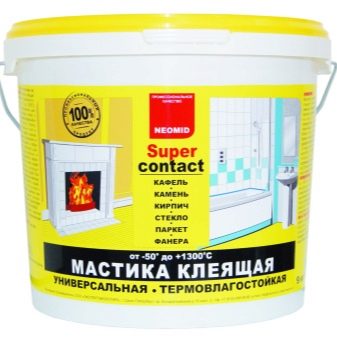

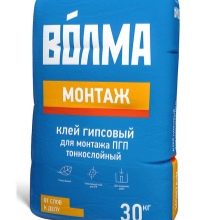
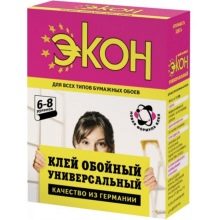
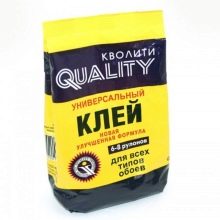
How to choose?
Not everyone knows how to choose the right tile correctly. Anyone who plans to tackle walls or floors in a room wants to know the answer to this question. It is worth studying a few recommendations - and you will quickly find the most suitable option, and after the completed work you will be very pleased with the result.
Dry mixes often contain white quartz sand. This stuff is pretty cheap. This additive is indicated in the product description. When choosing a suitable option, try to avoid such purchases. The fact is that sand negatively affects adhesion, and this is not the best quality.
To assess the quality of the adhesive, it is necessary to analyze the ratio of the material itself and the water required for dilution. If you take a kilogram of dry mixture, you need to use at least three hundred milliliters of liquid. If the indicator is less, this indicates the availability of cheap additives and that gypsum is not enough. It should be noted that the products of the manufacturer Knauf are in great demand, many consumers choose them.
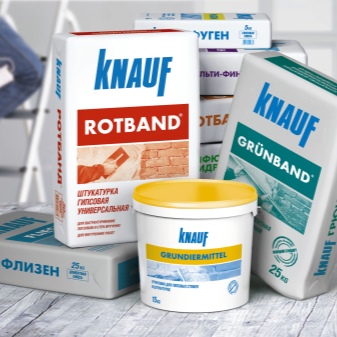
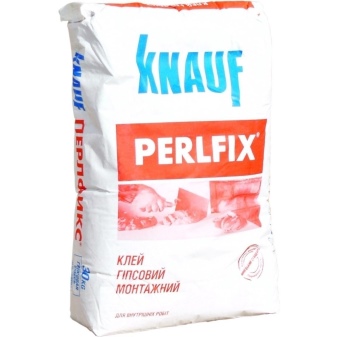
Pay attention to how quickly the finished mixture hardens. This indicator affects the speed of finishing work. The solution should be used within half an hour, in some cases an hour is allowed. Of course, taking this into account, it is necessary to prepare small portions so that you do not have to throw away the excess, because this is an additional waste.

If you are going to cover a concrete, wood or brick surface, you should choose a thick paint. This is a mixture of drying oil with pigments, where fillers are added.
The adhesive material, which is created on the basis of polymers, is an assembly sealant. It has excellent moisture resistance and elasticity, it adheres very well to surfaces. These materials are sold in tubes and do not need to be prepared beforehand. This glue can be used immediately.
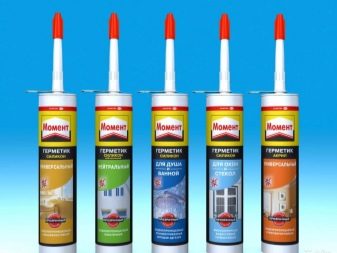

Epoxy resins are part of the glue of the same name, which is also called "reactive". It has increased thermal and moisture resistance, it can withstand the effects of chemicals and oil products. Such an adhesive can handle dynamic loads. It is suitable for all surfaces and does not require additional admixtures or preparations.
In the market, polyurethane glue is in great demand., which is one-component and two-component. It is suitable for industrial, industrial premises where vibrations are increased, as this material perfectly holds gypsum tiles on the surface.This glue can expand slightly so that all empty spaces between the work area and the tile will be filled. Before use, it is necessary to read the instructions and take into account all the recommendations specified in it.

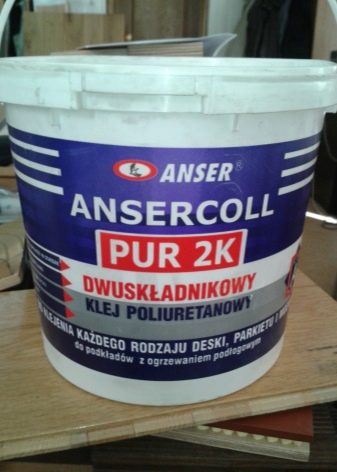
Styling
Many experts emphasize that before applying glue, it is better to impregnate the inside of the facing material with acrylic, which will improve the quality of adhesion. Then a thin layer of adhesive is applied to a small area of the wall or floor to help improve adhesion. The back of the tile is covered with a mixture, which is then smoothed over the entire surface with a notched trowel. Make sure the thickness is optimal. The veneer is then pressed and held for five or seven seconds.
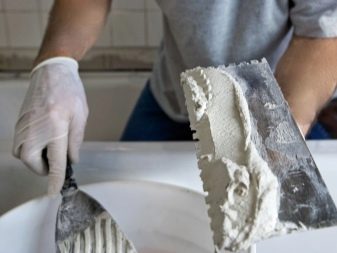
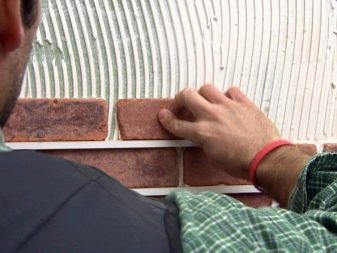
If you decide to change the finish in a room where there is wallpaper on plywood, you must first prepare the surface by removing the remnants of the old material. It is recommended to use special tools and follow the rules.
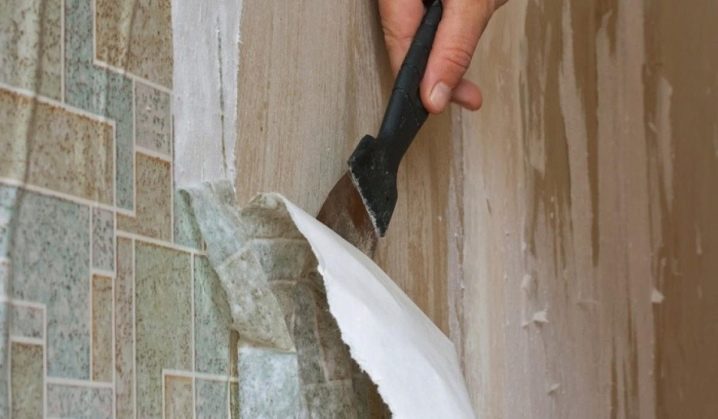
In this article, you learned about the different types of adhesives that are used for gypsum tiles. Taking into account the recommendations of specialists and the instructions of the manufacturers of the material, you can choose the best option that is suitable for finishing work. In this case, it is necessary to take into account the type of surface, impurities that may be in the tile itself. If the adhesive needs to be prepared in advance, remember that the proportions must be accurate.
After finishing the work, you will be satisfied with the result. The coating will look very aesthetically pleasing and will last for many years.
For information on how to put gypsum stone, see the next video.













The comment was sent successfully.